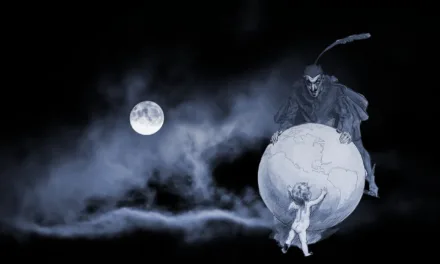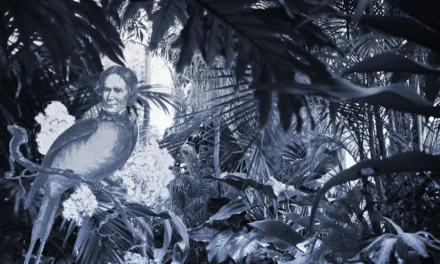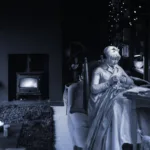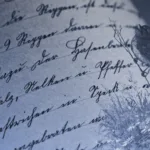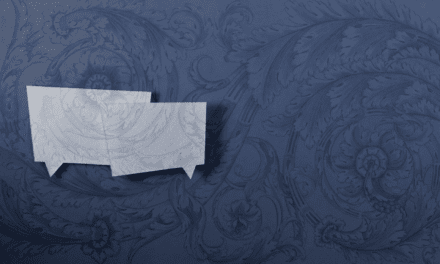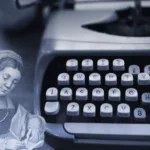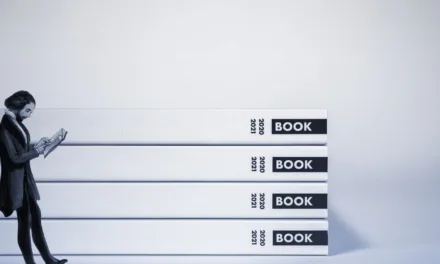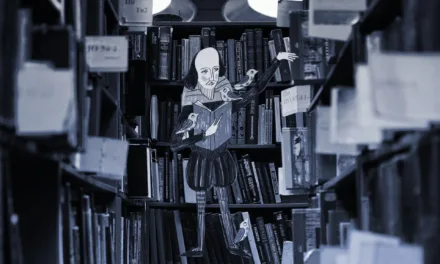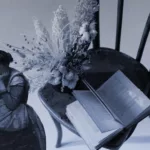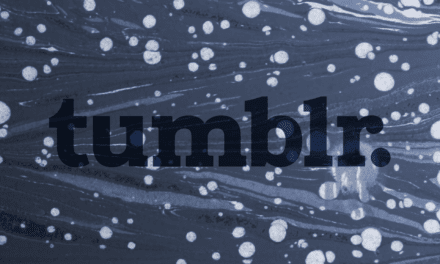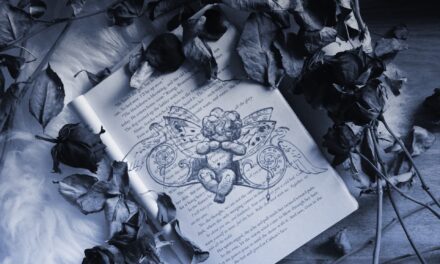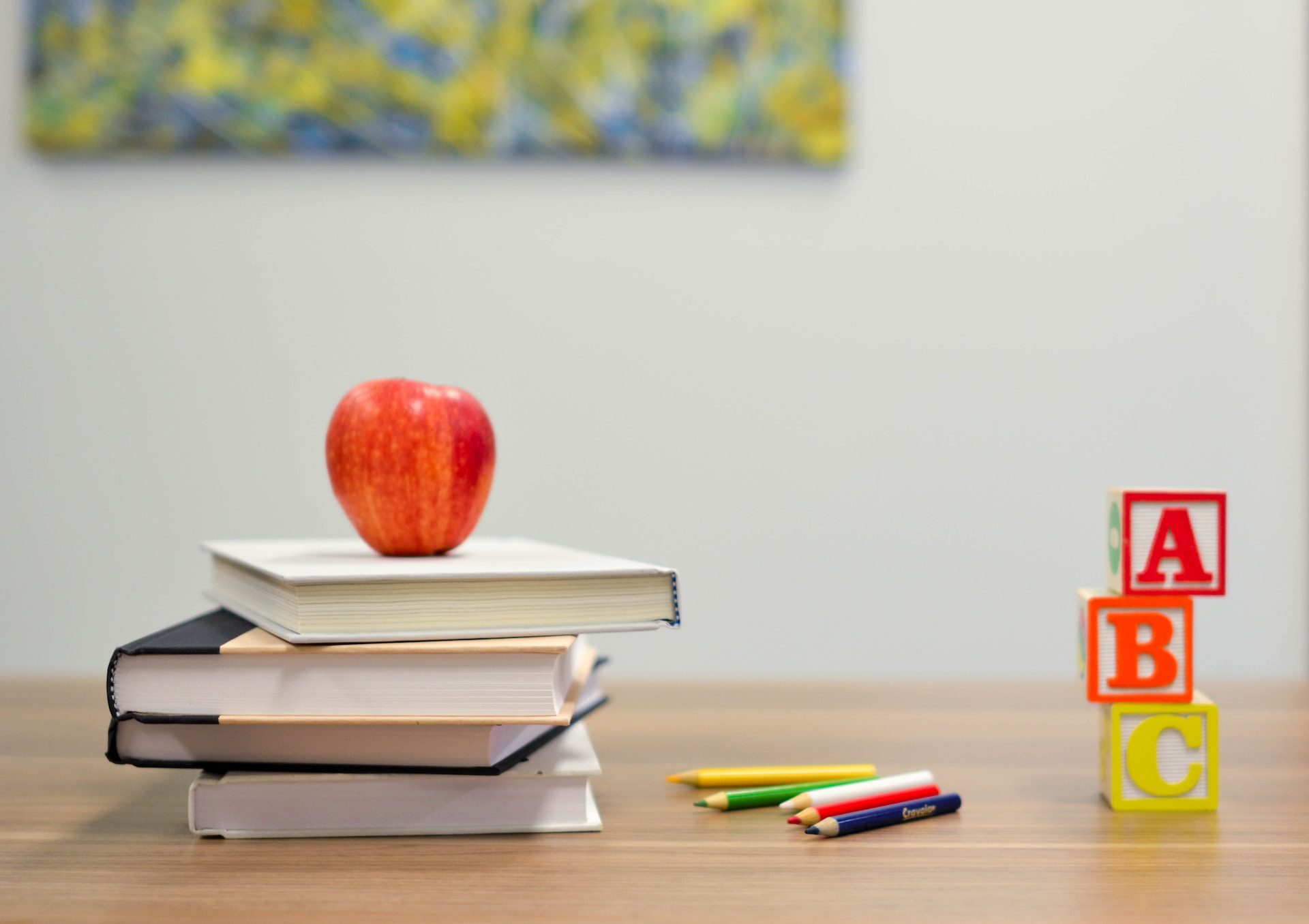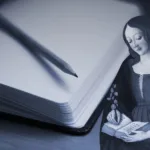
From Concept to Creation: Building a Mood Board for Your Writing Project
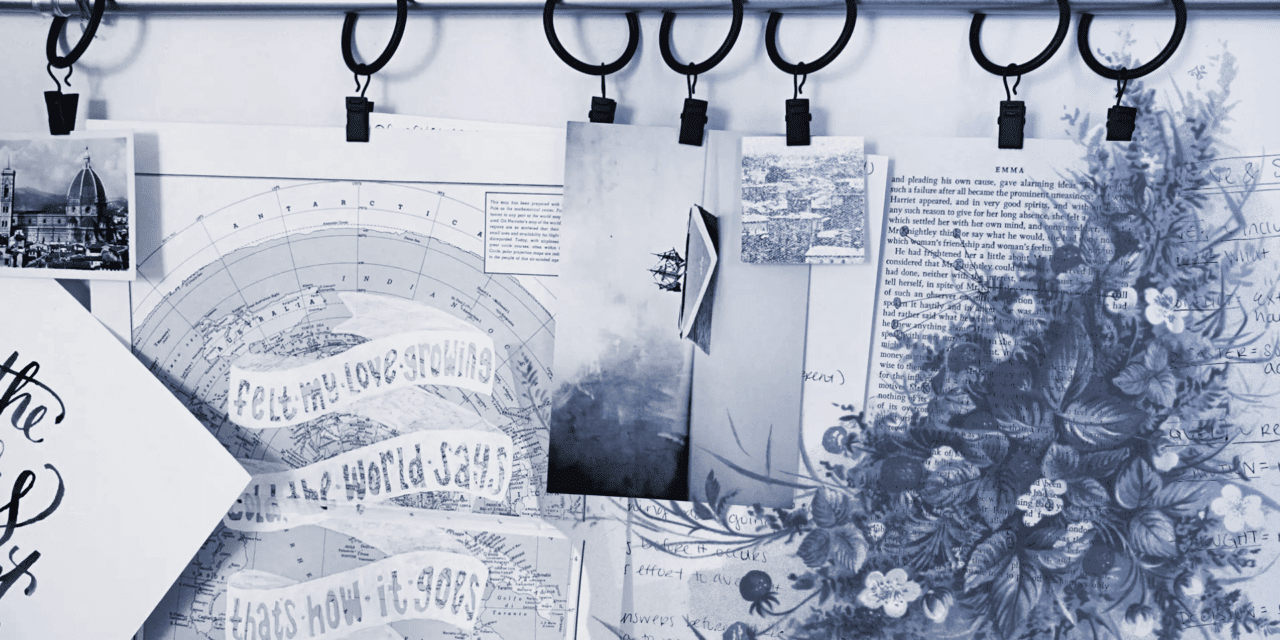
As a creative writer, your ability to create vivid, captivating worlds often depends on how well you can visualise the environment, characters, and ambience you want to reveal in your storytelling. This is where a mood board comes into play!
A mood board is an arrangement of images, materials, colour schemes, pieces of text, etc., intended to evoke or project a particular style, mood, or concept. They serve as a visual tool to help you immerse yourself more fully in your story world, and can also act as great marketing tools to get readers interested in the worlds you’re creating!
Why mood boards are important
Mood boards capture your artistic vision, offering a tangible reference point for your story’s aesthetic. Not only does this clarity fuel your writing process, but it also improves consistency across different aspects of your story.
Mood boards can also be a fantastic strategy to generate reader interest and market your story early on, even if you’re still in the process of writing. The act of sharing mood boards can build excitement and curiosity, offering potential readers a sneak peek into the world you’ve created. Before reading a single word, people can be drawn to your work through its aesthetic elements, forming a fanbase.
An additional benefit when it comes time to publish is that mood boards can communicate your ideas to editors, designers, and collaborators, ensuring everyone shares the same vision. These are particularly effective in describing intricate settings or characters, ensuring a cohesive visual base as your work develops.

What types of mood boards are there?
There are several types of mood boards that you can create depending on your project needs, but these are some of the most popular:
Character mood boards
This kind of mood board centres on one character, expressing their essence with visuals, quotes, and objects. You might include pictures of potential wardrobe choices, snapshots of typical expressions, or collages representing their backstory.
It’s a way to flesh out your character in a visual format, making them more accessible and memorable not just for you, but also for your readers or collaborators who might need to understand your character on a deeper level.
Setting mood boards
Focused on the places where your story unfolds, setting mood boards help visualise landscapes, buildings, or rooms. They can include photographs, artworks, or material textures that reflect the atmosphere of a location, whether it’s a bustling city street, a dark forest, or a mysterious space station.
By combining these elements into a collage, you bring the settings to life, creating a backdrop for your characters to interact with and making your writing more immersive and believable.
Thematic mood boards
Thematic mood boards delve into the overarching themes or emotions of your story. They might gather images, colour palettes, and symbols that represent the broader narrative elements, like love, war, or redemption.
These boards can help maintain the tone of your narrative while you’re writing, but also be good early marketing ideas to get readers interested in what you have to say. By visually representing the themes and motifs in your story, you enhance the central messages you want to communicate through your creative work.
Colour scheme mood boards
Colour scheme mood boards are specifically designed to establish the colour palette that will run through your story. By selecting specific colours, you can symbolise different moods, seasons, emotions, or even foreshadowing.
These boards are particularly useful when you want to ensure that the visual elements of your story carry the same tone and feel throughout. They can also guide the visuals when creating book covers, websites, or promotional materials, ensuring consistency in how your story is visually presented.
Project teaser mood board
This type of mood board is designed as a prelude to your project, giving a glimpse of the story without revealing too much. It combines elements from character, setting, colour, and thematic mood boards to create a preview that will get readers hooked.
By carefully choosing images, symbols, and text snippets that hint at the plot, characters, and overall vibe of your work, project teaser mood boards can speak to readers and create a buzz around your upcoming projects.

How to create a mood board
Creating a mood board offers countless possibilities through various platforms and techniques. You could opt for digital tools like Pinterest, Canva, or Adobe Spark, which offer easy ways to compile and arrange images and elements. Alternatively, you can create a physical mood board using a corkboard, magazine cutouts, fabric samples, and other tangible items. The key is to choose a medium that inspires you and suits your project.
Start by collecting items that resonate with your story’s tone, and arrange them to build the overall aesthetic. Consider the emotions you want to evoke and how each item on your mood board can contribute to the overall vibe. Think about the relationships between colours, textures, and imagery, and how these can reflect your story’s narrative and characters.
Arrange each element until you find a balance that resonates with the spirit of your project. And remember; mood boards are not set in stone. They can evolve as your project does.
Creating a digital mood board
Digital mood boards have the advantage of being easily changeable and shareable. With digital tools, you can quickly add, remove, or adjust elements to perfectly capture the essence of your narrative. Additionally, digital mood boards can be shared with your readers or collaborators instantly.
Here are some recommendations to help you create the perfect digital mood boards:
Canva
Canva is undoubtedly one of the most popular pieces of design software out there. It’s a user-friendly graphic design platform that is perfect for creating professional-looking mood boards with ease. It is accessible to writers of all skill levels and provides a vast library of templates, images, and fonts to pull from, and has a free plan that makes it accessible to even the most budget-conscious writer.
Pinterest is a well-known platform for gathering and organising visual inspiration. It’s an excellent tool for creating mood boards because it allows you to collect images from all over the web and categorise them into distinct boards. It also has the secondary benefit of being a good place to market your work and build a following, and is completely free!

Adobe Express
A part of the Adobe Creative Cloud, this tool allows for easy mood board creation with access to professional fonts and images. Adobe Express offers various templates and design elements as well as a comprehensive template library and a generous free plan.
GoMoodboard
A simple and intuitive tool, GoMoodboard is perfect for those who need a straightforward platform for creating mood boards. You don’t need an account to start designing, and it allows you to quickly drag and drop images onto a canvas. It’s a no-frills option, but still effective in helping you visualise your concepts and share them with others.
Milanote
Specifically designed for creatives, Milanote offers a more freeform environment for organizing images, notes, and links. It’s often used for project planning and research giving it a lot of utility but also lets you create shareable mood boards.
Creating a physical mood board
Physical mood boards provide a tactile experience that can stimulate creativity differently than digital boards. They’re great for writing inspiration, but less useful for marketing.
To create a physical mood board, start by selecting a base, like a corkboard or notebook, and gather materials that inspire your story. Pin or glue items like photographs, fabric swatches, paint chips, and other physical objects onto the board.
This method provides an interactive way to organise elements flexibly, enhancing your storytelling process and letting you immerse yourself in your story and its world.

Corkboards or bulletin boards
Corkboards or bulletin boards are the classic choice for physical mood boards. These boards allow you to pin and arrange elements in a way that’s easy to adjust. You can layer items, overlap images, and mix in small objects that carry significance to your project.
Using thumbtacks or push pins, you can rearrange items as your ideas evolve, creating a dynamic tool that grows with your creative process. It’s a method that encourages hands-on interaction and can lead to unexpected inspiration.
Vision books or binders
Vision books or binders allow for a level of portability with your mood board. You can fill them with clear sleeve protectors and insert your collected images, fabric samples, and inspirational materials. This method also makes it easy to flip through different sections of your mood board and is ideal for presentations or taking to meetings.
You can organize your vision book by theme, character, setting, or any other classification that helps your creative workflow.
Notebooks
Notebooks offer a more intimate and portable option for mood board creation. You can sketch, paste, and annotate your ideas directly on the pages, allowing for a very personal touch. It’s also handy for jotting down thoughts or narratives that come to mind while viewing your mood board.
Additionally, notebooks are excellent for writers who prefer to keep their mood boards private or carry them wherever they go. You get constant access to your source of inspiration!
Summing up
Mood boards are an invaluable tool for creative writers. They not only help in visualising elements of your story but also serve as a continual source of inspiration. Whether you opt to use a digital platform like Canva or Pinterest, or create a physical mood board with your own art and collected images, the process of making one can greatly enhance the depth and richness of your creative work.

